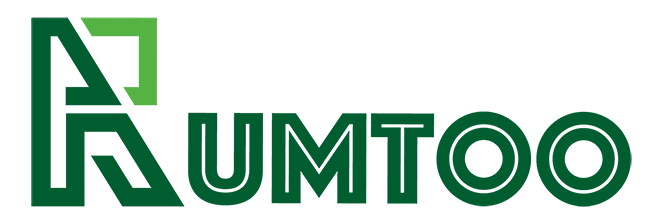В мире переработки отходов линии для мойки ПЭТ-бутылок играют решающую роль в обеспечении эффективной переработки и повторного использования пластиковых отходов. В этом руководстве будут подробно рассмотрены различные компоненты линий для мытья ПЭТ-бутылок и объяснено, как каждая часть способствует общему процессу очистки, а также освещены технологии, лежащие в основе этих систем, и их значение в индустрии переработки отходов.
Understanding PET Bottle Washing Lines
PET (polyethylene terephthalate) bottles are ubiquitous in our daily lives, used for beverages, food packaging, and more. Recycling these bottles is vital for environmental sustainability, and the PET bottle washing line is a key player in this process. But what exactly is a Линия мойки ПЭТ-бутылок, and how does it work?
Components of a PET Bottle Washing Line
A PET bottle washing line consists of several interconnected machines, each designed to handle specific tasks in the recycling process:
1. Bale Breaker
The journey begins with the bale breaker, which separates compressed bales of PET bottles into individual bottles. This step ensures that the bottles are evenly fed into the washing line.
2. Pre-Washer
Next, the pre-washer removes large contaminants like sand, soil, and labels from the bottles. It uses water to rinse off dirt and prepare the bottles for further processing.
3. Metal Separator
PET bottles often contain metal caps and rings. The metal separator uses magnets to extract these metal pieces, preventing damage to downstream equipment and ensuring purity.
4. Crusher/Granulator
The crusher, also known as the granulator, reduces the size of the bottles into small flakes. This is a critical step as it increases the surface area for washing and facilitates easier processing in later stages.
5. Hot Washer
The hot washer cleans the PET flakes using heated water and detergents. This step effectively removes glue, grease, and other stubborn contaminants that cold water cannot dissolve.
6. Фрикционная шайба
Following the hot wash, the friction washer agitates the flakes, scrubbing away remaining contaminants. This machine uses high-speed spinning paddles to ensure thorough cleaning.
7. Rinsing Tank
In the rinsing tank, the flakes are thoroughly rinsed with clean water to remove any residual detergent and impurities, ensuring the final product is free from contaminants.
8. Dryer
After rinsing, the flakes are dried using a centrifugal dryer or thermal dryer. Removing moisture is essential to prevent mold growth and prepare the flakes for the final stages of recycling.
9. Air Classifier
The air classifier separates the lighter, clean PET flakes from heavier contaminants using air flow. This final purification step ensures that only high-quality PET flakes proceed to the next phase of recycling.
The Importance of PET Bottle Washing Lines
PET bottle washing lines are vital in the recycling industry for several reasons:
- Environmental Impact: They help reduce plastic waste by converting used PET bottles into reusable flakes, contributing to a circular economy.
- Resource Efficiency: By recycling PET bottles, the demand for virgin plastic is reduced, conserving natural resources.
- Economic Benefits: Recycling PET bottles creates jobs and stimulates economic growth in the recycling sector.
Заключение
Understanding the components and functionality of PET bottle washing lines highlights their importance in the recycling process. Each machine plays a specific role in ensuring that PET bottles are cleaned, purified, and ready for reuse. As technology advances, these washing lines continue to evolve, becoming more efficient and environmentally friendly, paving the way for a more sustainable future.


